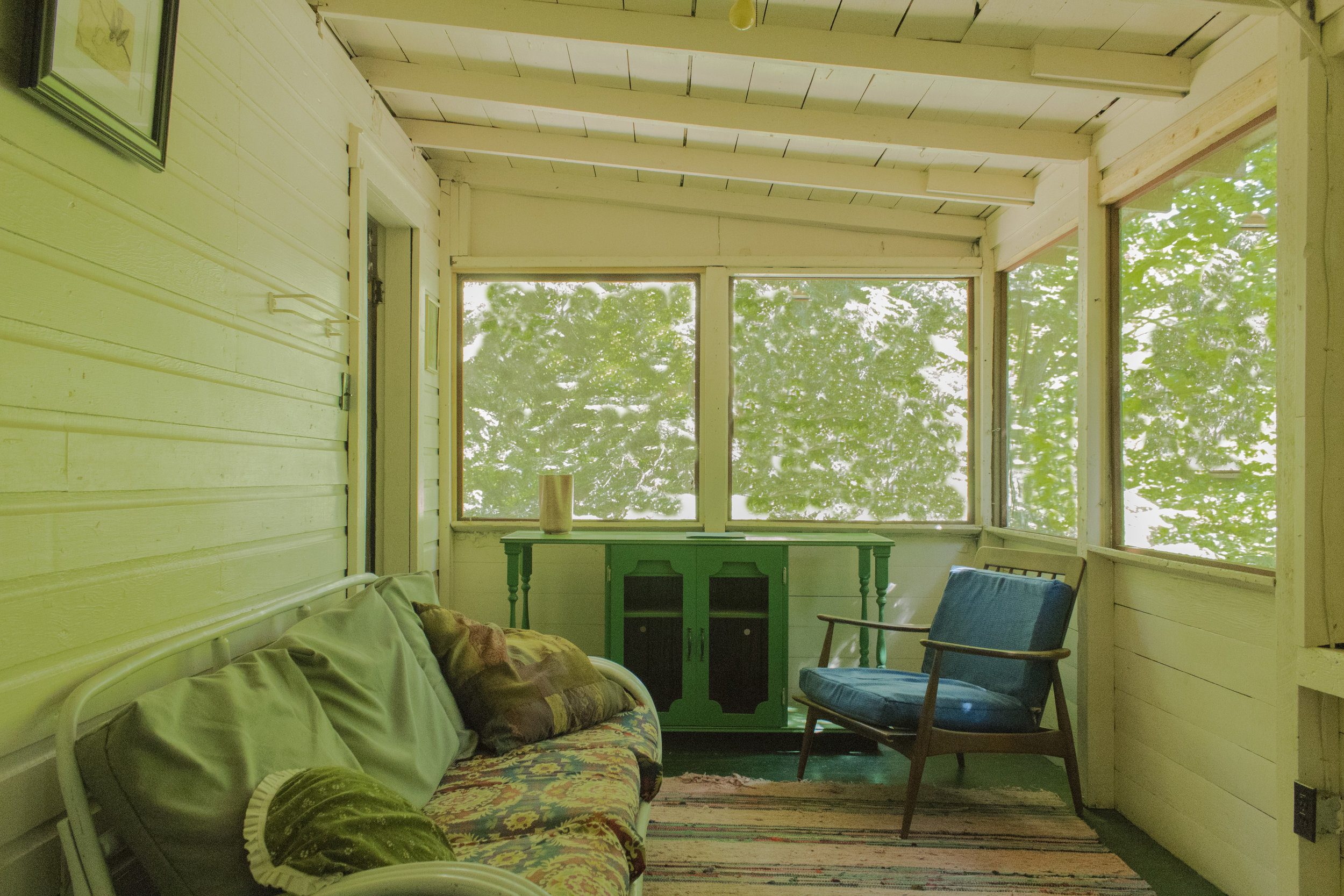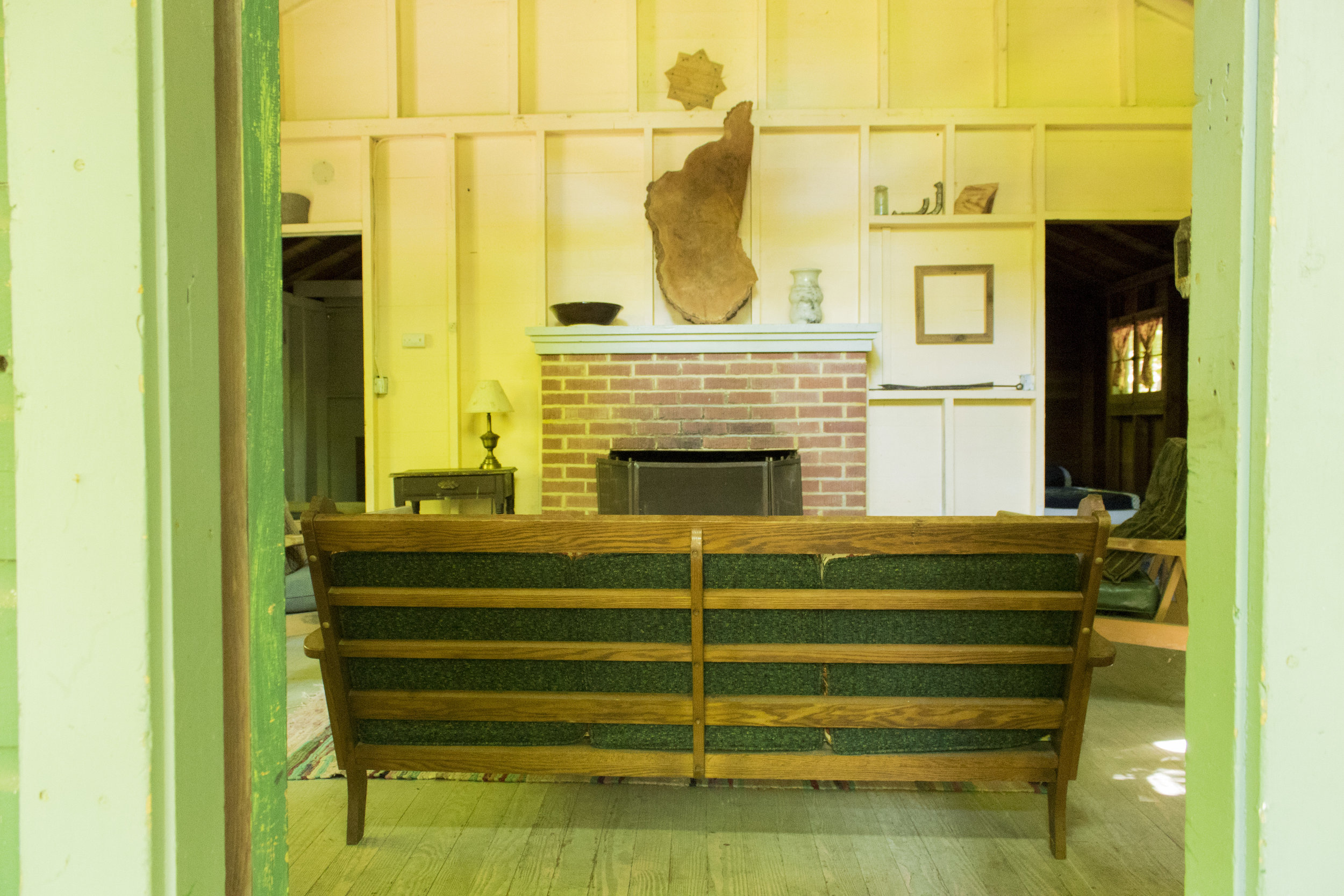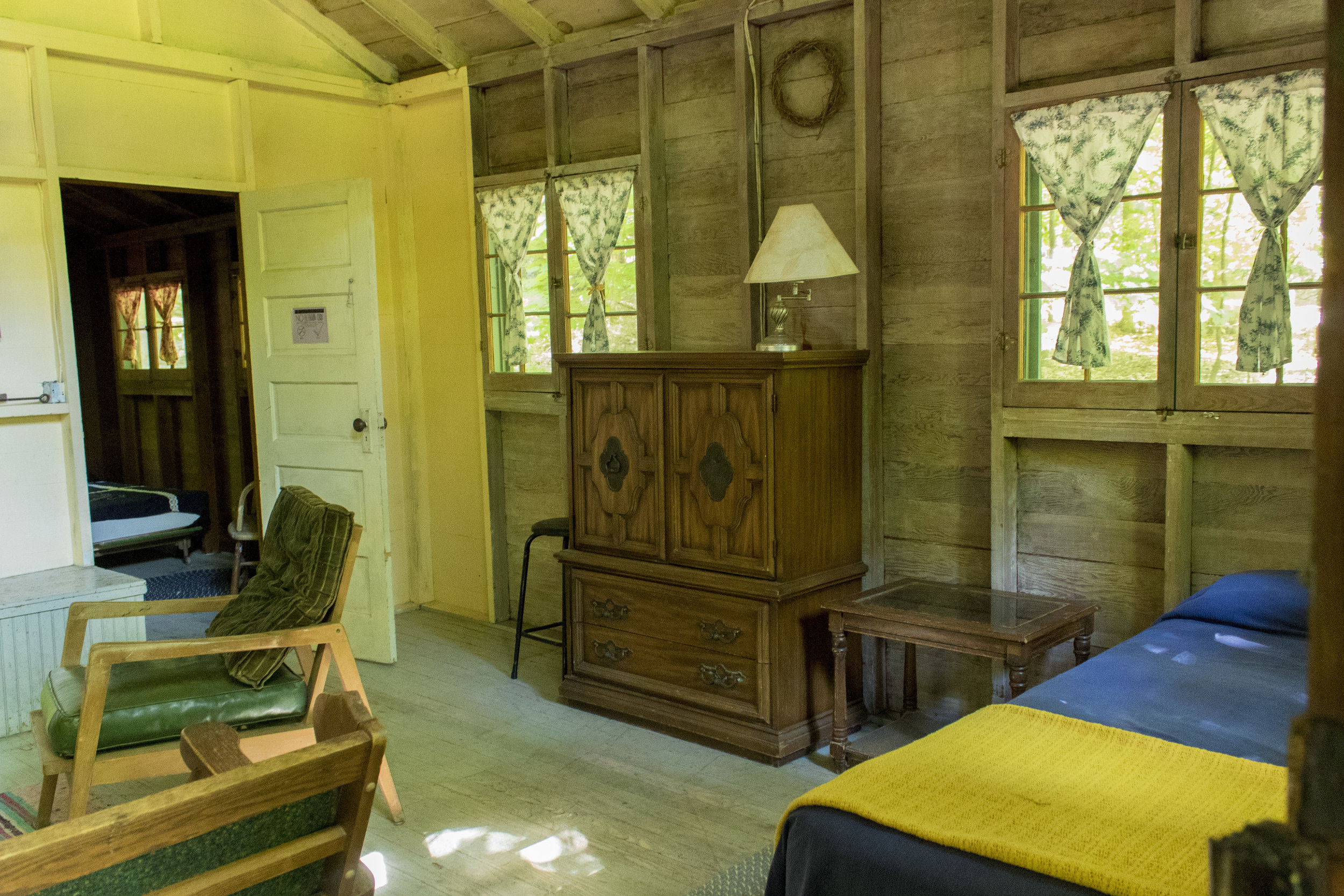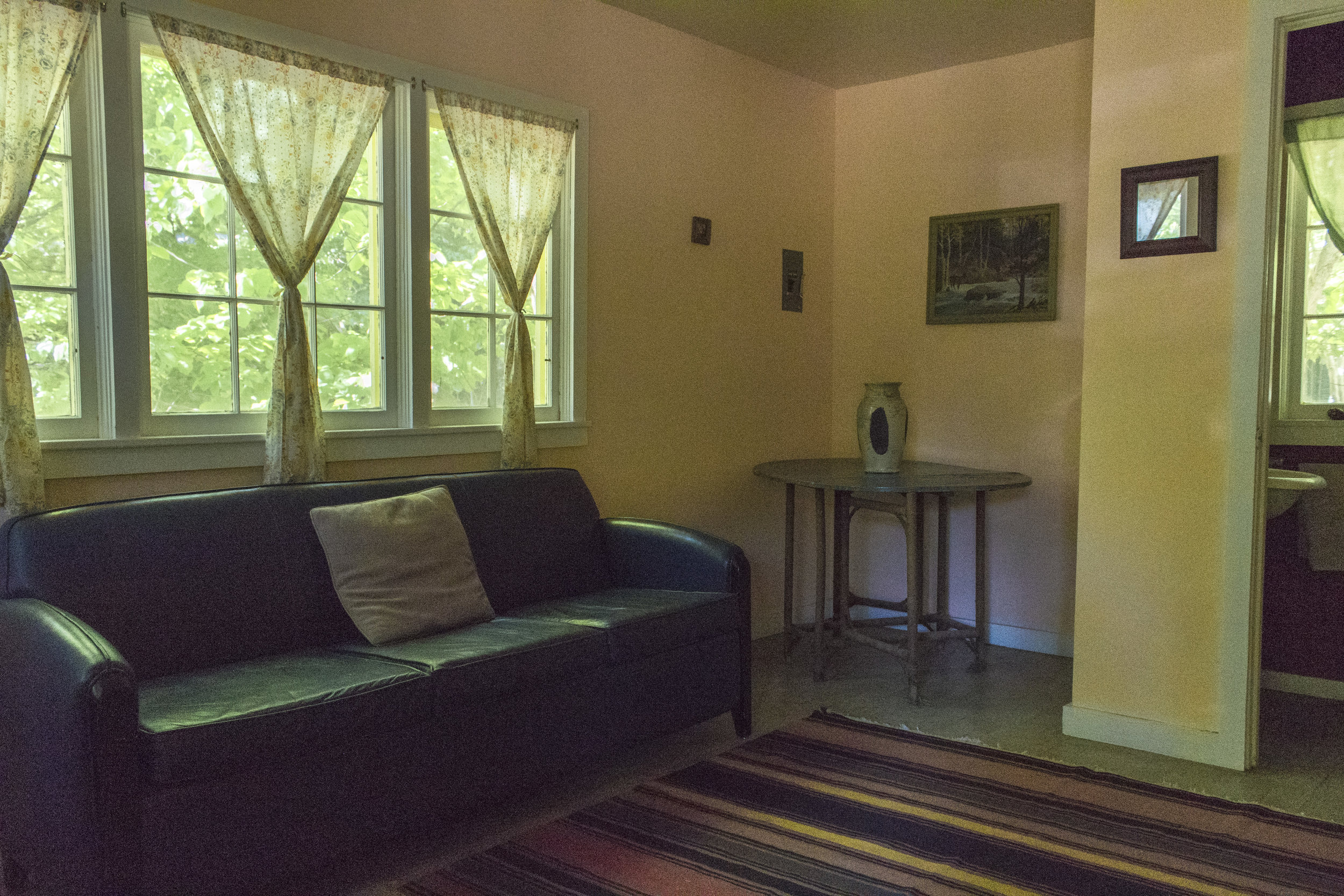Summer Faculty Resources
Welcome to the Ox-Bow Resource page! We are excited that you will be joining us on campus this summer. Below you will find a number of topics that will prepare you for your time on campus. If you have any questions feel free to contact us. You can download the full Faculty Orientation Guide and Policies and Procedures Handbook here.
Community at Ox-Bow
Who will be on camp when I am teaching?
During any given week, there are anywhere from 80-100 people on campus:
Students taking 1 and 2 week core classes
Faculty from all over the world
1 Visiting Artist, curators or scholar
1 MFA Artist in Residence and 1 Faculty Artist in Residence
12 Fellowship Students from schools across the country
Approximately 18 staff members who are all working artists and have active studio practices
Students taking day classes through our Art on the Meadow program, geared towards members of the local community
Course and studio
Ox-Bow's Teaching Philosophy
Ox-Bow's pedagogical approach seeks to combine traditions of craft and technical expertise with conceptual, experimental and playful approaches to art-making. Our studios are egalitarian spaces where faculty work alongside students of all ages and experience levels. Our courses are both rigorous and responsive, valuing non-traditional and innovative education models. Learning doesn’t stop in the studio, it happens as we live, work and share in a supportive community and beautiful natural environment.
Studio
For specific studio information, take a look at our Studio Description & Equipment page. With the exception of our glass facilities, studios are open 24 hours. Class hours are from 10-5pm (glass 9am-6pm) with an hour lunch break at 1pm.
Role of Studio Managers & Teaching Assistants
Our glass, ceramics, metals and printmaking studios each have a studio manager who help to maintain the classroom and facilitate faculty needs for each course. They keep the studio stocked with the appropriate materials and repair equipment needed for class use. If you will be teaching in one of these studios, the managers will get in contact with you prior to the start of your class to discuss your plans for the class and any materials/equipment needs.
Depending on the length and nature of the class, certain instructors are able to bring a teaching assistant. The responsibility of the TAs is to assist the faculty with demonstrations and keep an eye on supply usage and needs. TAs should be able to assist students with the techniques and processes taught in the course. They should help keep the studio organized and assist the studio manager in general studio upkeep such as mixing clay, loading kilns, charging the glass furnace and restocking supplies.
TA expectations: Glass Studio, Ceramics Studio, Metals Studio
Course Materials
There is no large-batch copy machine available on campus. Please send readings via pdf to ox-bpw@saic.edu no later than 2 weeks prior to the start of the class. We will no longer print readings for students, but we will make sure that students receive the readings before they arrive to campus. We will also provide each class with a zip drive that includes all readings.
Internet/wifi access
We have the best internet that we have access to, but unfortunately, it can be spotty. There is general wifi access in the main inn. Most of the studios do not have internet access. Please take this into consideration as you are planning for your course.
Syllabus & Supply List
We have/will be sending you a form to fill out in order to generate a syllabus and supply list. Below are a few examples of supply lists and syllabi. These may be helpful to reference when thinking of ways structuring your course and/or set up a supply list.
Example 1, Example 2, Example 3/Example 4
Lab Fees vs Student Supply Lists vs Communal Class Supplies
Lab fees are assigned to classes to help with utility costs of running the studio and equipment such as furnaces and kilns.
Student supply lists are for supplies that students should bring with them, whether it be materials they already own or need to purchase. These would include things that a student will need to use/have with them to produce their work.* Please be specific with amounts on these lists and if there are materials that are optional/suggestions, please make note of that.
Communal class supplies are materials such as clay, glaze, gesso, ink, dyes etc. or materials you would like for class demonstrations. These are items that will be used by everyone and make sense to buy in bulk. Our Glass, Ceramics, Metals and Print studios all have technicians. If your course takes place in one of these studios you will be contacted by the technician in early May to request the supplies necessary for the course. If you are not in one of those classrooms, you can work with Rebecca Parker (rparke6@saic.edu) to purchase supplies. Please note, Ox-Bow has a limited budget for these types of supplies. If the studio you will be working in has a studio manager, they will contact you about orders closer to the date of your course.
*We sell a variety of drawing and printmaking paper in the Ox-Shop, the small store on campus. Please let us know if there is specific paper you would like to have available for students to purchase.
Art Supplies
We recommend that students and faculty bring the supplies that will be needed for the duration of time at Ox-Bow. Due to our location, we don't have access to many art stores to purchase supplies, so please think ahead. All supplies should be purchased before arriving to Ox-Bow so that we can have materials shipped directly to campus. If you have recommendations for your students of where they should order their supplies, please include that in your supply list. The closest stores that carries art supplies is Michael’s Arts & Crafts and Hobby Lobby located in Holland, MI (20 minute drive). Overeisel Lumber is a small hardware store with a lumber yard in Saugatuck. There are also a number of thrift stores in Holland.
*Anyone using video/photo equipment should bring their own memory cards.
Work Scholarship Students
We award 11 students a work-scholarship during the winter session. Work-scholarship students work fifteen hours per week as a part of the housekeeping, grounds and maintenance, or kitchen staff. These are important jobs, as we could not operate without these students. They are scheduled to work before and after class. We ask for faculty members to understand if a work-scholarship student is a few minutes late to class after a shift. Specifically, kitchen work scholarship students will miss some class time after lunch so, please plan demonstrations, lectures, etc. accordingly. Please inform a member of the office staff if this becomes a problem.
Take a look at the complete Work Scholarship Schedule
FAQs
Can I bring my pet? (dog/cat/bird/fish/Iguana/ETC.)
Unfortunately, we cannot allow pets on campus. There are a number of reasons we ask you to leave your pets at home, including safety (if everyone had a pet on campus and two of them didn't get along); there are chickens and cats on mouse patrol that we try to keep safe and happy; and containing pets in our cabins can be tricky with screens in the windows and doors.
What will my living situation be like?
Summer faculty are housed on cabins around campus that were built by artists who lived and worked at Ox-Bow over the years. In classic camp fashion, they are basic, wooden structures without heat/air conditioning. The cabins are set back in the woods, a bit removed from the heart of campus. All faculty cabins have bathrooms with toilets and sinks. There is no hot water in the cabins. There is a shower house on campus called The Wet. It is used by faculty, staff and students and has 4 separate shower stalls.
Will I get a private studio?
Unfortunately, there is no available space during the summer for faculty to have private studios. We encourage faculty to work along side students in the classroom studios if space & time allows.
What is the average class size?
Class sizes vary depending on the studio size and equipment availability. The amount of students generally range from 7-15, with the larger classes being painting/drawing and seminar-style classes.
What are the classroom dynamics like?
Classrooms at Ox-Bow have many types of students working in them. The School of the Art Institute of Chicago and take off-campus study credit at Ox-Bow, along with artists wanting to try out a new medium or technique. Summer students vary in age, experience and come from all over the country.
Have any further questions?
Feel free to email our Assistant Program Director: Annie Fisher, afishe6@saic.edu or Interim Executive Director: Rebecca Parker, rparke6@saic.edu
FACULTY HOUSING





